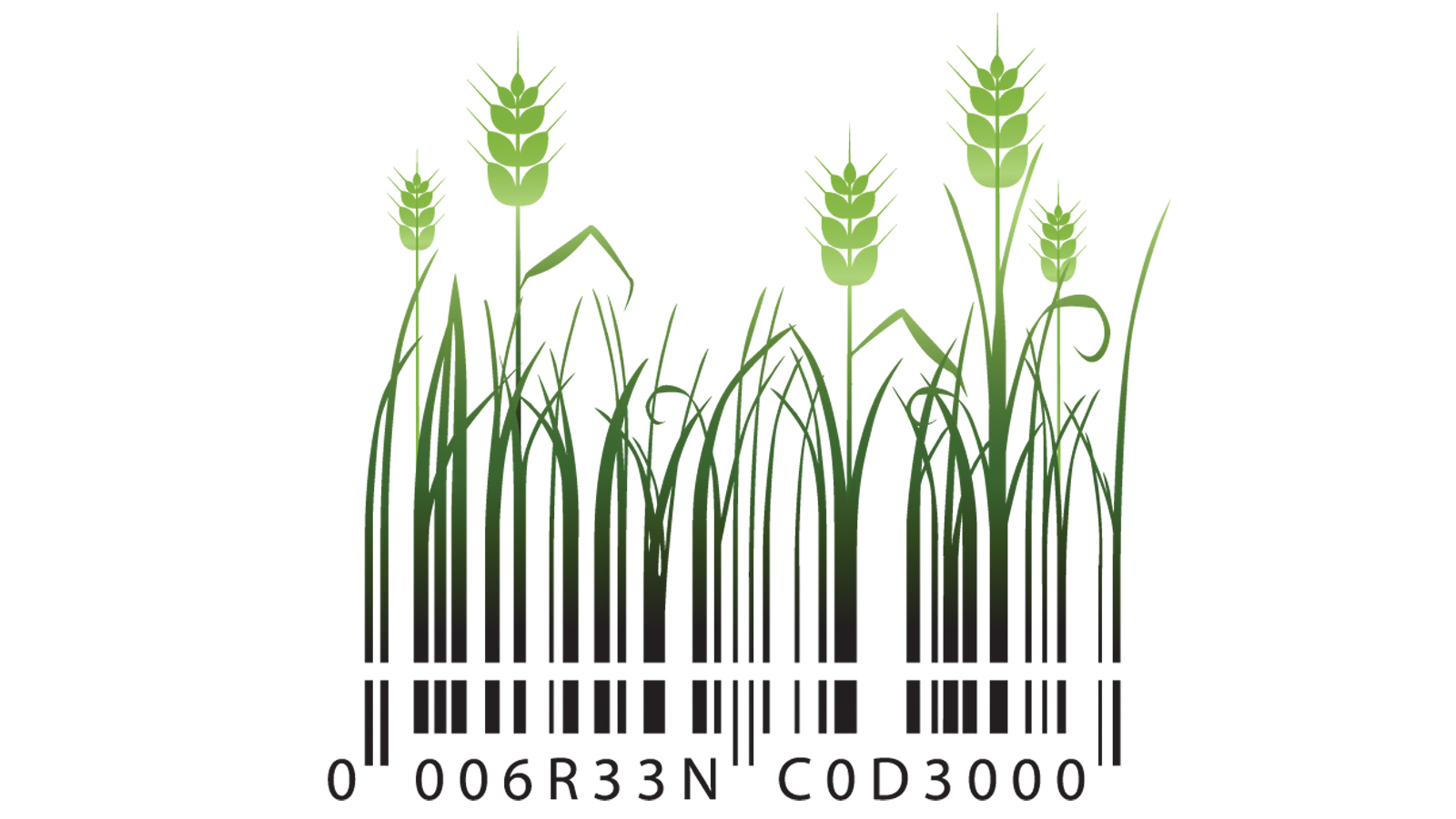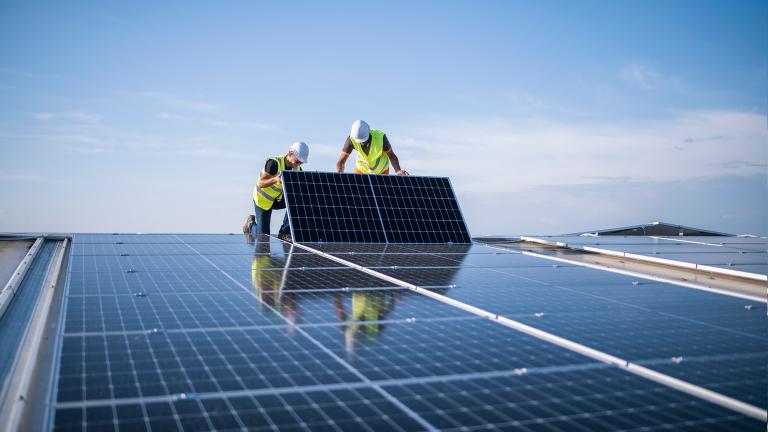There may be a lot of info out there to sell you on the benefits of buying organic, but that still doesn’t protect you against experiencing some sticker shock as you walk down that eco-friendlier aisle. It may leave you wondering: Why do organic foods cost what they do?

Kellee James.
The data to answer that question has always been out there but, until Kellee James founded Mercaris, it was spread all over the place and hard to understand. Mercaris collects up-to-date information on organic crop prices, and then makes that information available by selling subscription services, which range from $80 to 500 a month, to all those that it affects; from the farmers who plant the seeds to the grocery stores that ultimately put the products in your hands.
The prices, of course, all come down to economics — pretty sexy, I know. But while most of us may not get up and raring at the thought of figuring out supply and demand, we can be thankful that there are people like James out there who are — because it could enable more people to get into the organics biz, which could mean more tasty, good-for-the-earth chow in your basket.
Grist interviewed James on how she became a commodities nerd, what’s going on with the prices over at Walmart, and how she bounced back after a somewhat disappointing year at the White House. Here’s an edited and condensed version of what she had to say:
On what Mercaris does:
We provide market data and then online trading for organic and non-GMO agricultural commodities. So, think about how you can use Bloomberg to track the price of stocks or bonds. There used to not be a good way to do this for organics, so Mercaris is filling in this lack of information. Our customers are anyone whose balance sheet is exposed to commodity risk price.
OK — huh?
It just means that we enable anyone on the supply chain who handles organic foods to keep track of their prices. You know, the farmer needs to know what he can expect to receive for planting organic corn. And then the person who operates the elevator where the corn will be stored needs to know at what price he can expect to buy the corn from the farmer — and then what’s an appropriate price to sell it for.
Then, imagine you’re trying to start a business — let’s say an organic snack foods company. You make, you know, corn chips or something. Imagine the difficulty of running that business if you don’t know the supply and demand of the basic things you use to make those chips.
And then you have retailers, like Whole Foods, who was our first data subscriber — they’ll want to keep track of these prices as well.
On why organics cost so dang much:
Right now organics do typically cost more, but that’s not always the case. If you look back when the financial crisis hit in 2008, organic grains overall dipped below conventional prices.
But I will say that some of the price difference — why organics are normally more expensive than non-organics — can be attributed to the fact that we as a society are willing to pay for healthier soil, reduced pesticide use, and farm-worker safety. Organic prices capture the externalities in a way that prices for conventionally produced foods do not.
On Walmart’s recent announcement about cheaper organic prices:
It’s an open question, because they’re just getting started. So the question is will they be able to offer organics at the prices they claim — and, if so, how.
On how coffee and carbon made her a commodities nerd:
I got started in the world of commodities when I was in grad school. I was working in Latin America with coffee farmers. This was 12 years ago, when coffee prices were really low. And that made a big impression on me — the sort of impact the coffee commodity market had. People’s livelihoods depended on it, so it was really tough on the farmers when the coffee prices were so low.
When I finished grad school, I went to Chicago and started working for the very first commodities exchange that let people trade environmental products like carbon and sulfur. And I was fascinated by combining market mechanisms and environmental goals.
On working for the White House:
In 2009 to 2010, I did a yearlong stint as a White House fellow, early in the Obama administration. It’s a program that’s been going for about 35 years — they pick about 15 people from across the U.S. every year, and they send you to Washington and tell you to be useful. But you can never foresee how the fellowship will end up working out: The Deepwater Horizon oil spill happened during that time, so that became my major focus. I was at the National Oceanic and Atmospheric Administration, helping out in any way I could on the administration’s response to the oil spill.
On White House disappointments:
I thought I was going to have a front row seat to watch climate legislation get passed. Instead, it died that year. It was really disappointing; it felt like a missed moment. I hope we don’t all look back a generation from now and say, you know, that was an opportunity to address climate change, and we missed it, and now we’re all dealing with the consequences.
On moving on:
So at the point I was done with my White House fellowship, I had this idea of getting involved with organic agriculture and providing market-based solutions. And so I thought, well this is the perfect time to do it — if not now, when?
Organic is still growing quite significantly. It’s interesting — conventional ag tends to grow kind of in line with population growth, but organics has seen double digit growth year after year for more than a decade. I think what we do is just an example of how you can see a need in a market and go out there and try to create something helpful and useful. And we are unapologetic in saying that we hope to help — Mercaris wants this sector to grow, wants sustainable agriculture to grow, and we are very proud to provide tools for the sector.




